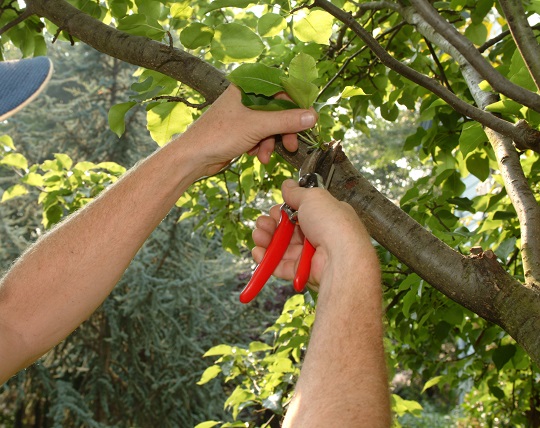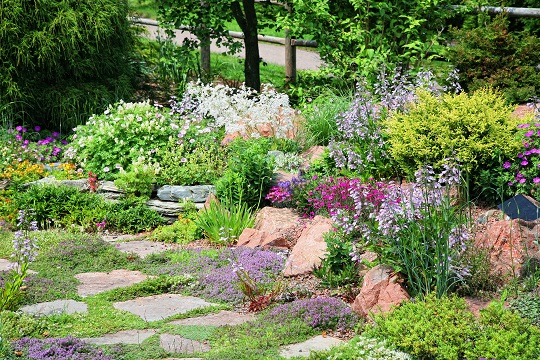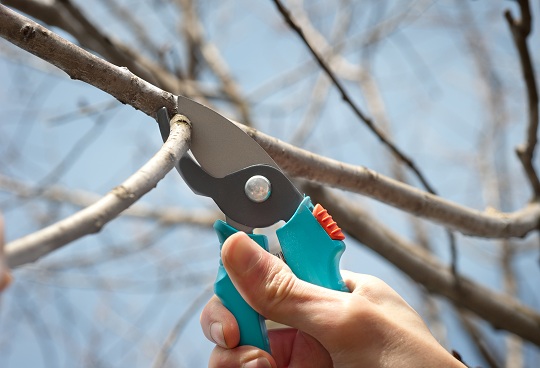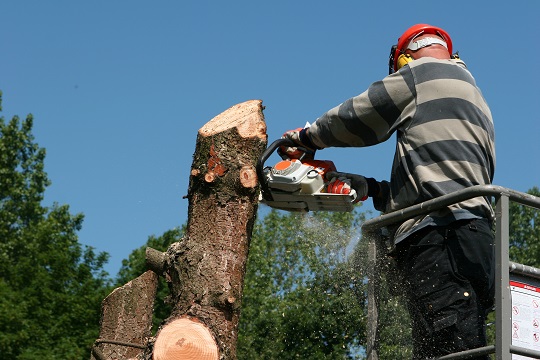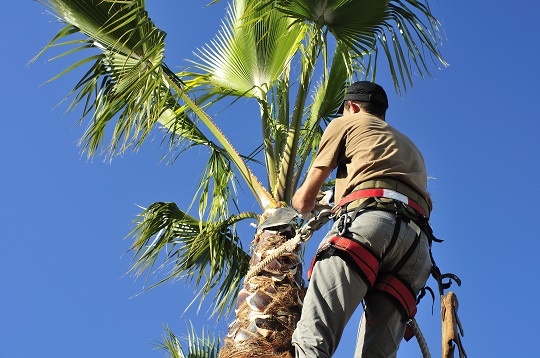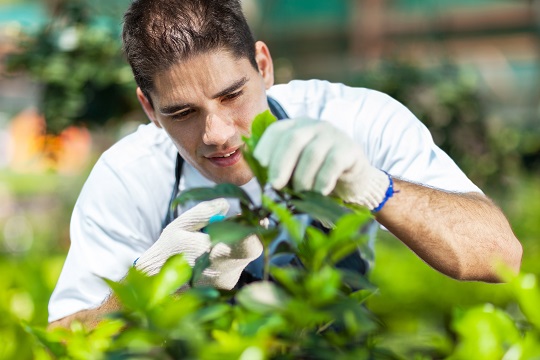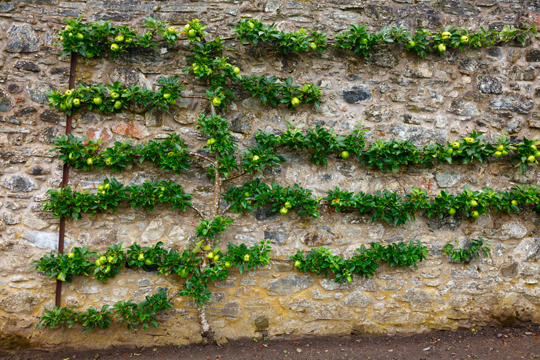Training a tree is the process of pruning that creates good form and shape, as well as improves branch structure when the tree is young. Training is important for the tree’s health as well as the overall look of the tree. Keep reading to learn some tips for training young trees.
Why Train Young Trees?
Training trees improves their strength and structure. This corrective pruning method prevents the tree from having branch or trunk problems in the future, which means the tree will have a longer, healthier lifespan.
When to Train Young Trees
Training begins when the tree is 3 years old. This ensures that its growth is not stunted. You may begin removing dead, broken or diseased branches at any stage in the tree’s growth.
Tips for Training Young Trees
1. Pick a high branch to be the leader, in other words, the highest branch at the top to “lead” the tree upwards. There is usually a central stem that grows in the middle of the tree. Select the most vertically oriented stem and prune away the surrounding ones so that they do not compete for sunlight with the central stem.
2. Choose the lowest permanent branch. This scaffold branch will be determined by how you plan to use the tree and where the tree is located. For instance, if you plan on putting a sidewalk beneath the tree, you want the lowest permanent scaffold branch to be higher up so that you have room to comfortably walk beneath it. This branch must be strong and stably joined to the tree trunk, and must have a diameter of at most half of the trunk’s diameter where it is attached to the trunk.
3. Select the other permanent scaffold branches that are firmly and strongly attached to the trunk and remove competing branches. This will help the tree’s form and will help maintain a stable structure. The permanent scaffold branches should be about 12 inches apart from each other. Weak branches need to be removed or pruned in such a way to direct them.
4. As the tree ages, the scaffold branches will thicken and the space between them will decrease, so you may need to remove some of these branches.
Overall, prune just enough to direct the tree’s growth and correct structural weakness.
Additional Help
If you would like more tips for training young trees, or if you want professional help, just use TalkLocal. We will connect you with up to three high quality, local landscapers in your area, in just minutes!

